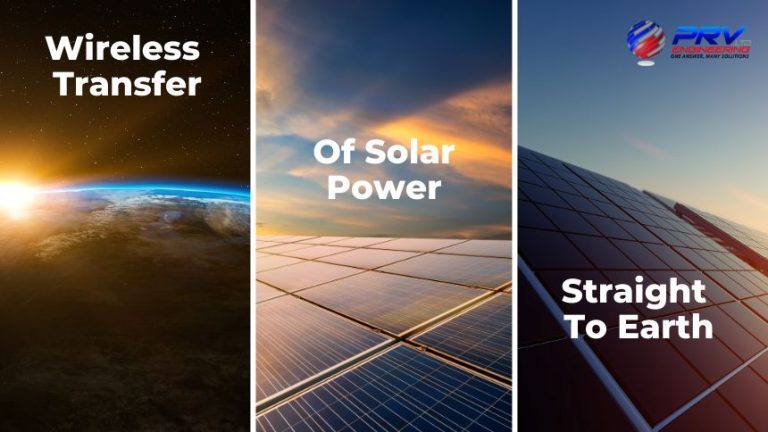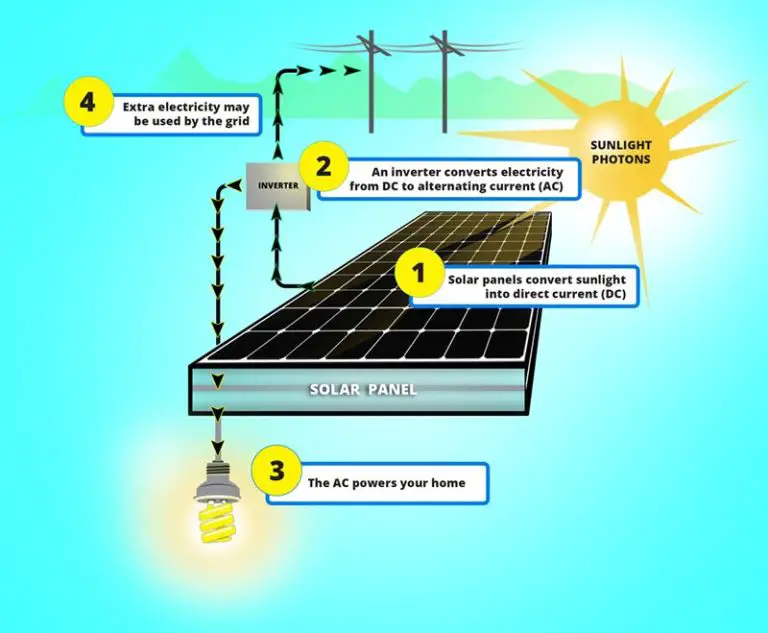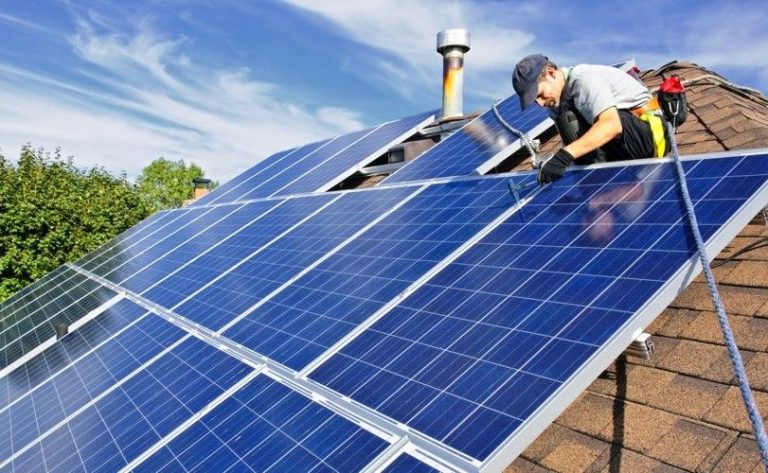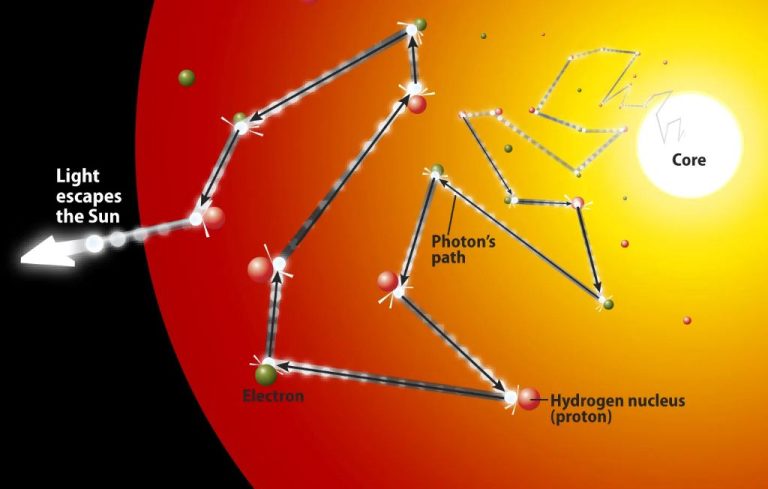Does Solar Energy Have A Storage Problem?
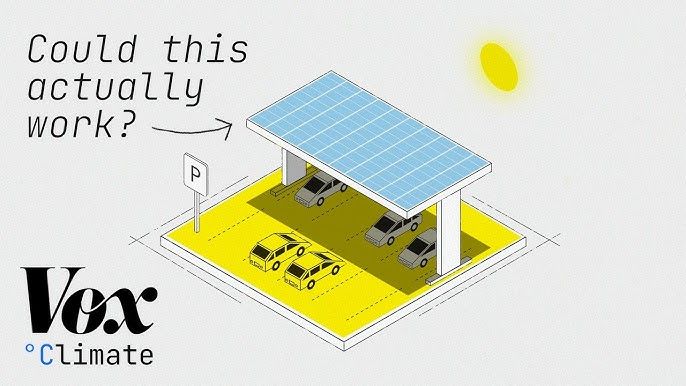
Solar energy is the energy from the sun that is harnessed using photovoltaic panels or concentrated solar power plants to generate electricity. It is a renewable and clean source of energy with fast growth globally over the last decade. In 2021, global solar capacity increased 22% to over 1,000 GW according to the International Energy Agency. The main driver for this rapid growth is the declining costs of solar panels combined with supportive government policies. However, one key challenge for solar power is its variable and intermittent nature. Solar power depends on the amount of sunlight at any given time, which changes throughout the day and season. This intermittency potentially limits solar’s growth as an energy source and creates difficulties managing the grid system when solar comprises a large share of power generation.
Solar Intermittency Issue
Solar energy is an intermittent energy source, meaning it is not available at all times. Solar panels only generate electricity when the sun is shining (https://blogs.scientificamerican.com/plugged-in/renewable-energy-intermittency-explained-challenges-solutions-and-opportunities/). This presents some unique challenges compared to traditional baseload power plants that can operate continuously. Solar energy can drop instantaneously if a cloud passes over, and drops to zero at night. Studies show that the output from solar farms can vary from 50-75% over periods as short as a minute due to intermittency issues. Peak generation is available for only 20% of daylight hours when the sun is best aligned (https://energyx.com/resources/what-is-intermittency-in-renewable-energy/).
The intermittency of solar makes it difficult for grid operators to match supply with demand. Unlike legacy systems where supply could be increased on-demand, solar output cannot be controlled. The variability and uncertainty around solar generation forces grid operators to have significant excess reserve capacity from other sources in case solar drops unexpectedly. This intermittency issue has been a key challenge limiting growth and adoption of solar energy.
Existing Storage Solutions
There are a few main methods of storing solar energy that have been in use for some time (https://www.energy.gov/eere/solar/solar-integration-solar-energy-and-storage-basics):
Batteries
Batteries are one of the most common ways to store solar energy. The most widely used batteries today are lithium-ion batteries. Lead-acid batteries are also commonly used. Batteries can store solar energy generated during the day and discharge it when needed, such as at night. They allow solar power to be used even when the sun is not shining. The downsides are that batteries can be expensive and have a limited lifetime.
Pumped Hydro Storage
Pumped hydro storage works by pumping water uphill into a reservoir when solar power is abundant. Then when power is needed, the water is released downhill through turbines to generate electricity. Pumped hydro allows large-scale energy storage but requires specific geographic locations. The technology is mature but sites can have significant environmental impacts.
Compressed Air Energy Storage
This method uses surplus renewable electricity to compress air in an underground cavern. The compressed air is then released and expanded through a turbine to produce electricity when needed. The main advantages are low environmental impact and the potential to scale up to grid-levels. The disadvantages are geographical limitations and low efficiency.
Overall, batteries and pumped hydro storage are two proven ways to store solar energy. Newer methods like compressed air show promise but have not yet been widely adopted (https://aurorasolar.com/blog/storing-solar-energy-everything-you-need-to-know/). The optimal storage solution depends on the specific circumstances and needs.
New Storage Technologies
While lithium-ion batteries have dominated the energy storage market, new innovations are emerging to help overcome their limitations for long-duration energy storage. Some key examples include:
Thermal energy storage utilizes excess electricity to heat up materials like molten salt or solid blocks, which can retain heat for extended periods of time. The heat can then be used to generate steam to run a turbine and produce electricity when needed. Thermal storage is well-suited for large, grid-scale applications and can store energy for 10-15 hours.[1]
Hydrogen energy storage uses electrolysis to split water into hydrogen and oxygen when there is excess renewable energy. The hydrogen can be stored in tanks or underground caverns. It can then be converted back into electricity via fuel cells when required. The potential of hydrogen for multi-day energy storage makes it promising.[2]
Compressed air energy storage compresses air in underground caverns using cheap excess electricity. The pressurized air can be released to turn a turbine when power is needed. While limited suitable geology exists, compressed air can offer storage for up to weeks.[2]
Role of Smart Grids
Smart grids are modernized electricity grids that use advanced communications, sensors, automation, and data analytics to better accommodate variable renewable energy sources like solar and wind (Energy5). They can help manage the intermittency of distributed solar generation in several key ways:
Smart inverters, a core smart grid technology, act as intelligent control points between solar arrays and the grid, managing two-way power flows. They can modulate power output in response to grid conditions, preventing overload and instability (IEEE).
Enhanced grid monitoring provides utilities better visibility into conditions across the network. This enables optimizing solar power distribution and predictive maintenance to maximize integration capacity (Arrow).
Automated control systems can rapidly isolate faults, reroute power, and restore supply. This improves resilience and prevents disruptions from impacting renewable generators like solar farms (IEEE).
Some recent smart grid modernization efforts include:
- The EMerge Alliance’s work on standards for smart inverter deployment
- DOE grants to utilities like Duke Energy and Entergy for grid sensors and automation
- New York’s Reforming the Energy Vision initiative for a distributed, renewable grid
Energy Storage Cost Trends
The cost of energy storage, especially lithium-ion batteries, has declined rapidly over the past decade. According to BNEF, lithium-ion battery pack prices fell 89% from 2010 to 2021. In 2010, the average cost was around $1,200/kWh whereas by 2021 it had declined to just $132/kWh. Further price declines are expected, with some projections showing costs falling below $100/kWh by 2024.
In comparison, fossil fuel energy storage remains considerably more expensive. Natural gas peaker plants, which are only operated during peak demand, can cost $1,150-$2,100 per kW of capacity. That translates to a levelized cost of electricity storage around $100-$300/kWh. Pumped hydro storage ranges from $150-$400/kWh. Meanwhile, the latest utility-scale lithium-ion storage systems are coming in around $150-$300/kWh. So battery storage is now cost competitive with traditional forms of energy storage.
Solar Plus Storage Systems
The combination of solar PV systems with battery storage, known as solar plus storage or solar+storage, is becoming an increasingly popular option for both homes and businesses. These integrated systems allow solar energy captured during the day to be stored in batteries and used at night or during power outages. According to one analysis, adding energy storage to solar PV systems can provide a return on investment in 7-10 years (Optimizing energy storage for performance and ROI).
For residential homes, a typical solar plus storage system costs $25,000 – $35,000, with the battery storage portion accounting for about one-third to one-half of the overall expense (Solar Panel ROI: Are Solar Panels Worth The Investment?). There are various financing options available, including solar loans, PPAs, and leasing (Your Guide To Solar Battery Storage Financing). The return on investment depends on factors like electricity rates, solar incentives, and battery lifespan. However, battery costs are declining, and solar plus storage systems are expected to become increasingly cost-effective over the next 5-10 years.
For commercial and industrial applications, larger-scale solar plus storage systems can provide resiliency against power outages while reducing demand charges. The optimal solar and battery size depends on the specific load profile. However, solar plus storage is already economical for many organizations when factoring in demand charge management and outage mitigation capabilities.
Utility-Scale Storage
Utility-scale battery storage co-located with solar farms is becoming more common as costs decline. According to the Solar Energy Industries Association (SEIA), over 3.4 gigawatts (GW) of utility-scale solar plus storage projects were installed in the US in 2021, a 40-fold increase over 2016 levels (SEIA).
The cost of lithium-ion batteries has fallen nearly 90% in real terms since 2010, driving growth in solar plus storage (EnergySage). Prices are expected to continue declining as manufacturing scales up. Wood Mackenzie predicts the US market for solar plus storage will grow from 2.4 GW in 2020 to nearly 40 GW by 2025.
Large solar farms can now be built with hundreds of megawatts of co-located battery storage. For example, the Gemini solar project in Nevada couples a 690 MW solar array with 380 MW / 1,400 megawatt-hours of battery storage, providing renewable energy 24/7. As costs fall further, pairing storage with solar will become standard and improve grid reliability.
Role of Energy Policy
Government policies and regulations have a significant impact on the advancement of energy storage. At the federal level, the Bipartisan Infrastructure Law passed in 2021 includes provisions to support energy storage deployment, including $2.5 billion in grants for energy storage demonstrations and infrastructure (https://www.cleanegroup.org/initiatives/energy-storage-policy-and-regulation/). The Department of Energy also recently announced $325 million in funding for long-duration energy storage projects to improve grid resilience (https://www.energy.gov/articles/biden-harris-administration-announces-325-million-long-duration-energy-storage-projects).
At the state level, several states have implemented policies to encourage energy storage, such as storage mandates and targets. For example, California, Massachusetts, New York, and others have mandated certain amounts of energy storage capacity in the coming years (https://www.utilitydive.com/news/us-energy-storage-needs-national-standards-and-regulations-to-thrive-amid-c/647383/). These types of policies help drive storage deployments and advance the industry.
However, regulatory challenges remain. There is a lack of uniform standards for energy storage across states, which can hamper broad adoption. Streamlining regulations and creating more supportive policy frameworks will be key to realizing the full benefits of energy storage technologies.
Future Outlook
With continuing advancements, storage technology will likely improve in the future to better address solar intermittency. Experts predict that by 2030, costs for lithium-ion batteries will fall by 50-75% (https://www.nexamp.com/blog/the-future-of-solar-energy-trends-and-predictions-2024). This cost reduction, along with growth in battery production, is expected to accelerate deployment of solar plus storage systems. Additionally, alternative battery chemistries and flow batteries are being researched and may offer even greater improvements in the future.
To fully overcome intermittency issues, storage capacity and smart grid technology will need to expand dramatically. Projections indicate that by 2050, up to 30% of global electricity could come from solar power (https://energy5.com/the-future-of-solar-energy-predictions-for-global-consumption-in-5-years). Achieving this level of solar penetration will require wide-scale adoption of affordable storage solutions, smarter grids to manage supply and demand, as well as supportive energy policies and incentives.

